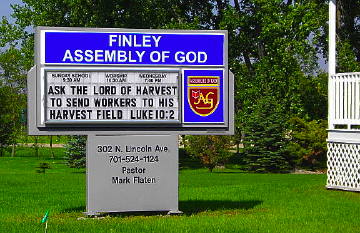
Think of a typical American small-town parade: the Apple Queen and her court in a convertible, the honorary marshalls (some respected elderly couple) in an antique car, the high-school band kids' faces earnest and nervous under their
shakos,
Shriners in miniature cars, a military vehicle or two, horses, alpacas, old tractors, Boy Scouts, a gaggle of
Model A Fords, local political candidates, the
Christian Motorcyclists Association on their holy Harleys . . .
My foothills volunteer fire department has put our brush truck in the parade. We are four adults—two men, two women (one a firefighter and the other a wife of)—and a gaggle of kids in home-produced T-shirts with the department's name.
We are toward the back of the line-up, so I have plenty of time to pace up and down beside the truck, wondering if such as parade fits any of
Michael York's definition of Pagan cultic practice
or if it would do better as
"pagan" in Camille Paglia' sense--which has more to do with the body, with display, with the Dionysian--than with any sort of formal polytheism.
We are not
too Dionysian here—I will walk alongside the truck tossing hard candies and bubble gum to the kids on the curb—not like a New Orleans Mardi Gras parade with the doubloons, beads, and sexual interplay.
But despite the "praise band" on a trailer up ahead and the aforementioned motorcyclists, it is more a day for the Classical virtues than the Christian ones.
If an ethnographer could write a "thick description" of the parade in the style of
Clifford Geertz, how many layers there would be!
For one thing, our fire department's participation in the parade began relatively recently, three or four years ago, as part of the asst. chief's campaign of professionalization and getting the larger town's dept. to take us more seriously in mutual-aid situations.
And having led the parade with their apparatus, now parked in a side street, those guys sit in lawn chairs in front of the firehouse and grin and wave as we pass by.
I spot M. on the sidewalk outside our favorite coffeehouse (just where I would have expected her to be) and hand her a sucker, which Fisher will later snatch off the kitchen counter and eat, wrapper and all, giving himself cherry breath.
When we re-unite at home, she tells me that the parade seemed "interminable" and that she had wondered awhile if she had somehow missed our unit, which in fact was 84th out of about a hundred.
And she spoke of seeing the old guys from the
state veterans' home, riding on folding chairs on a flatbed truck, how when she saw them pass by she unexpectedly broke into tears. (Me too.)
As the
man said, Cattle die, kindred die, every man is mortal: But the good name never dies of one who has done well.
Those are the virtues we celebrate, proceeding down Main Street under a bright southern Colorado sun.
Labels: Colorado, culture
 Think of a typical American small-town parade: the Apple Queen and her court in a convertible, the honorary marshalls (some respected elderly couple) in an antique car, the high-school band kids' faces earnest and nervous under their
Think of a typical American small-town parade: the Apple Queen and her court in a convertible, the honorary marshalls (some respected elderly couple) in an antique car, the high-school band kids' faces earnest and nervous under their 




